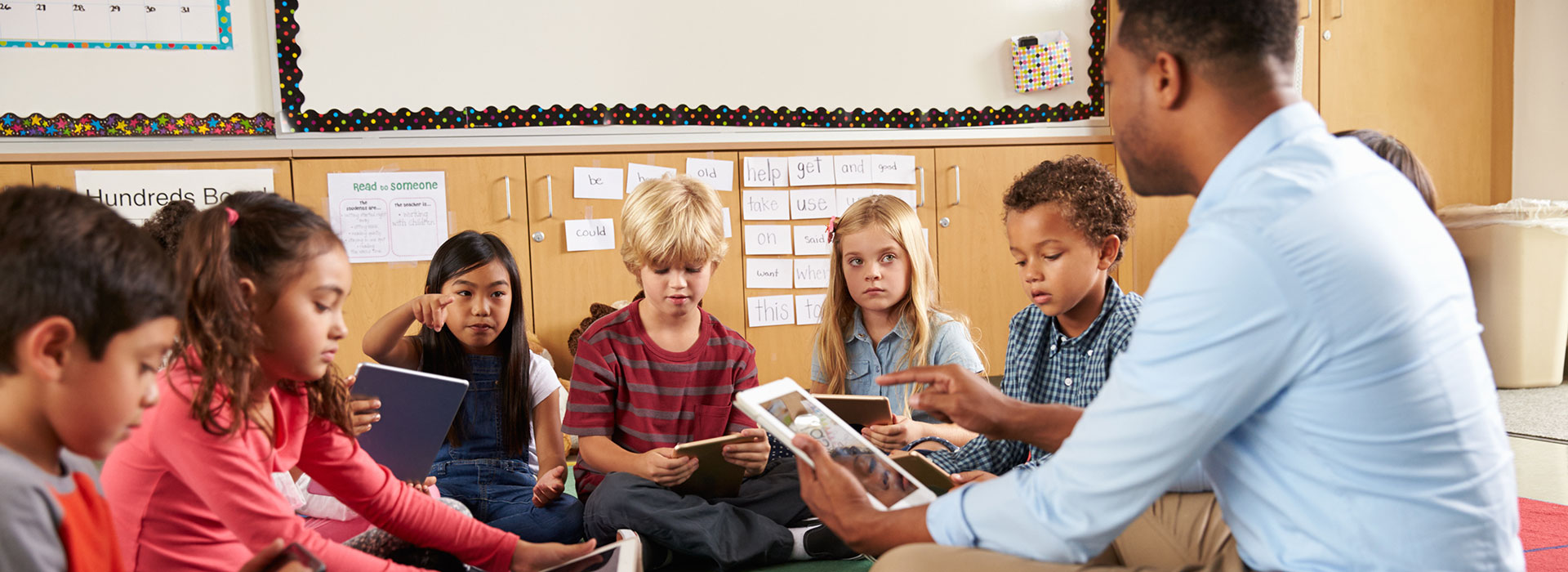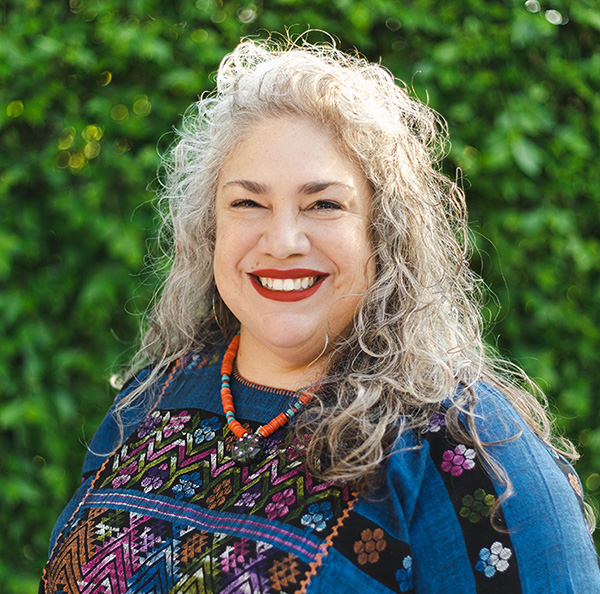As a forty-five-year-old Chicana, mother, and educator I have developed an intimate understanding of human behavior and the need for healing. We are the sum of all experiences, our own and those that we carry in our ancestral line. These experiences form the way that we see and walk in the world.
Race and gender are two factors that have great implications in the way we perceive and interact with others. We still live in a world where our Black and Brown children are more at risk to be killed, to not graduate from high school, to live in poverty, and to be pushed into the justice system. As a human species, we have a tremendous amount of work to do regarding race, gender, and socio-economic status.
The way to a better world starts with each one of us participating to make change. This is hard work. But it’s possible. There is a miracle of healing and connection that can happen with individuals, teams, and community through the framework of restorative practices.

What Do Restorative Practices Look Like?
My introduction to restorative practices began in 2012 when I became the director of an alternative charter high school in San Diego, California. At this school, the dean of students was implementing restorative justice in place of the punitive based disciplinary process used in most traditional schools. He held circles regularly within his leadership class of students and conducted regular check-ins during staff meetings.
It was explained how in an incident of harm there is the victim, the person who was harmed, and the person who caused the harm. The person who caused the harm is usually referred to as the perpetrator. He described how restorative justice allowed the victim to clearly express the harm that was caused to them and how the person who caused the harm also had the opportunity to absorb how their actions affected others. There was then a chance for the person who caused the harm to take responsibility for the damage caused and take measures to repair what they had damaged or broken.
In 2015, I joined a large system that had made a commitment to restorative practices, allowing me to build on my understanding and practice with restorative justice. There a classified manager had convinced the leadership to allow her to train all staff, students and willing parents in the restorative practice model.
During the two-day training, we learned the philosophy behind the practice and engaged in check-ins and circles. At the charter school, we used some of these practices with students but never implemented them deeply and consistently with staff. During this training, I witnessed the need that adults in our educational system have to reflect and connect within themselves and each other.
Restorative Practices are not new. It’s not a step-by-step process that will fix students and staff. It’s not a manual with topics listed that you can use to get students and staff to share their experiences, thoughts, and emotions. It’s not a training that you complete or a book that you read. It’s not just about mediation or forgiveness.
Restorative practices are not just something that you do but are a way of being in this world. People who have a restorative mindset, and what I refer to as a heart set, are authentic, reflective, can build trust, listen with their heart and mind, embrace difficult and awkward situations, seek growth, provide opportunities for others to grow, and are human-focused to their core.
What are Restorative Practices Principles?
- Based in the belief that all human beings want and deserve to be heard, seen, and accepted.
- Based in the belief that all human beings intrinsically want to do the right thing and embrace growth.
- A way of life that allows for open and honest reflection, communication and ownership of self and others.
- An opportunity to heal any harm done and repair relationships with self, others and our community.
- Teachings that allow us to improve and build stronger relationships for future generations.
In my most recent role as a district administrator, I’ve been able to witness what happens when restorative practices are implemented with staff. These practices have allowed my team to create, and maintain, a space to engage in honest, brave reflection leading to individual and collective healing.
Restorative practices transform the lives of everyone, not just students and families.
Interested in learning more about restorative practices?
Marisol is the author of “Beyond the Surface of Restorative Practices: Building a Culture of Equity, Connection, and Healing” and a partner consultant with The Core Collaborative, who works directly with school or system to develop restorative practices. Contact Brian or Sarah if you’d like to work with Marisol. Visit our RestorED & ConnectED pathway for other resources to help your school or system heal.
Learn More!

